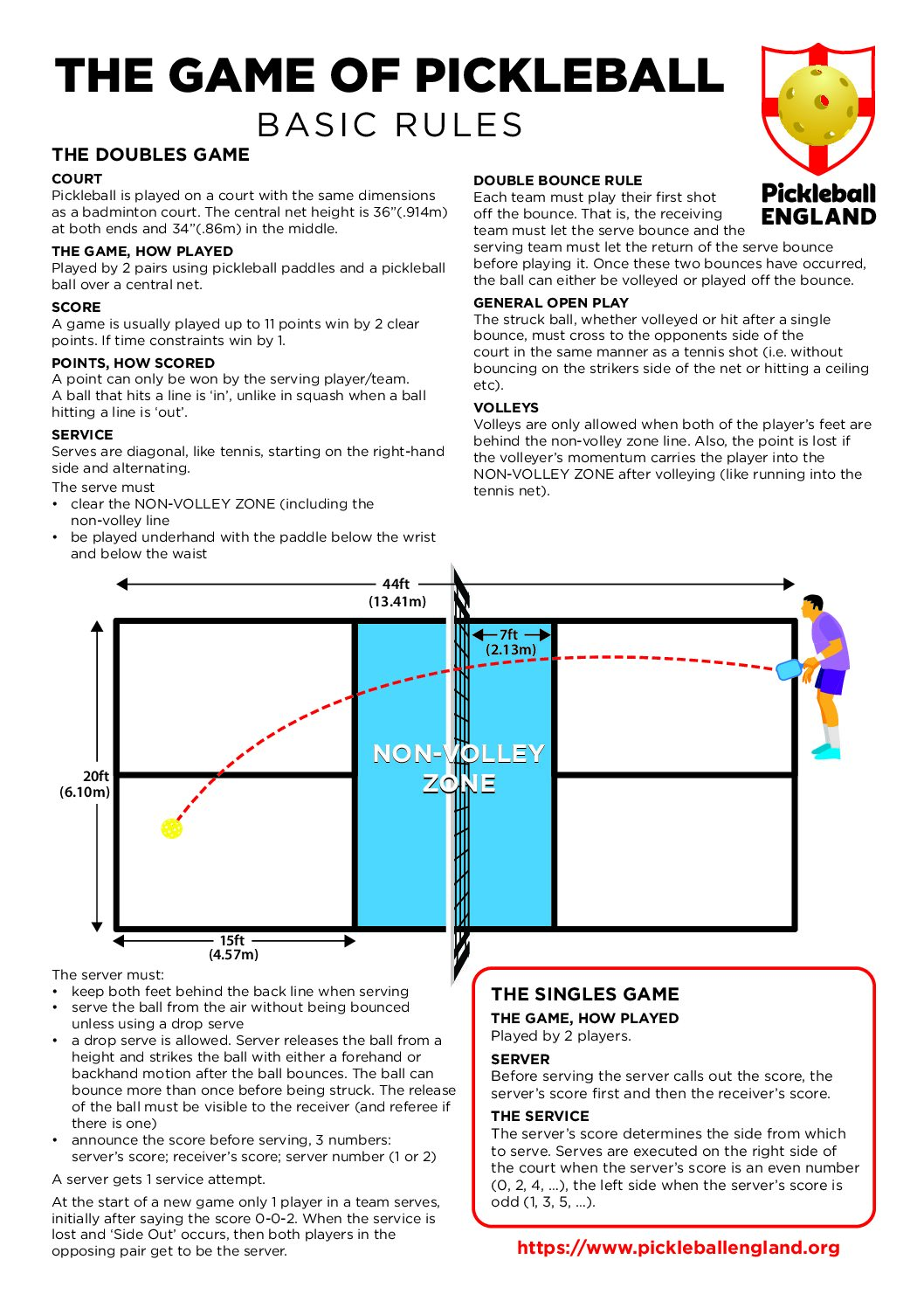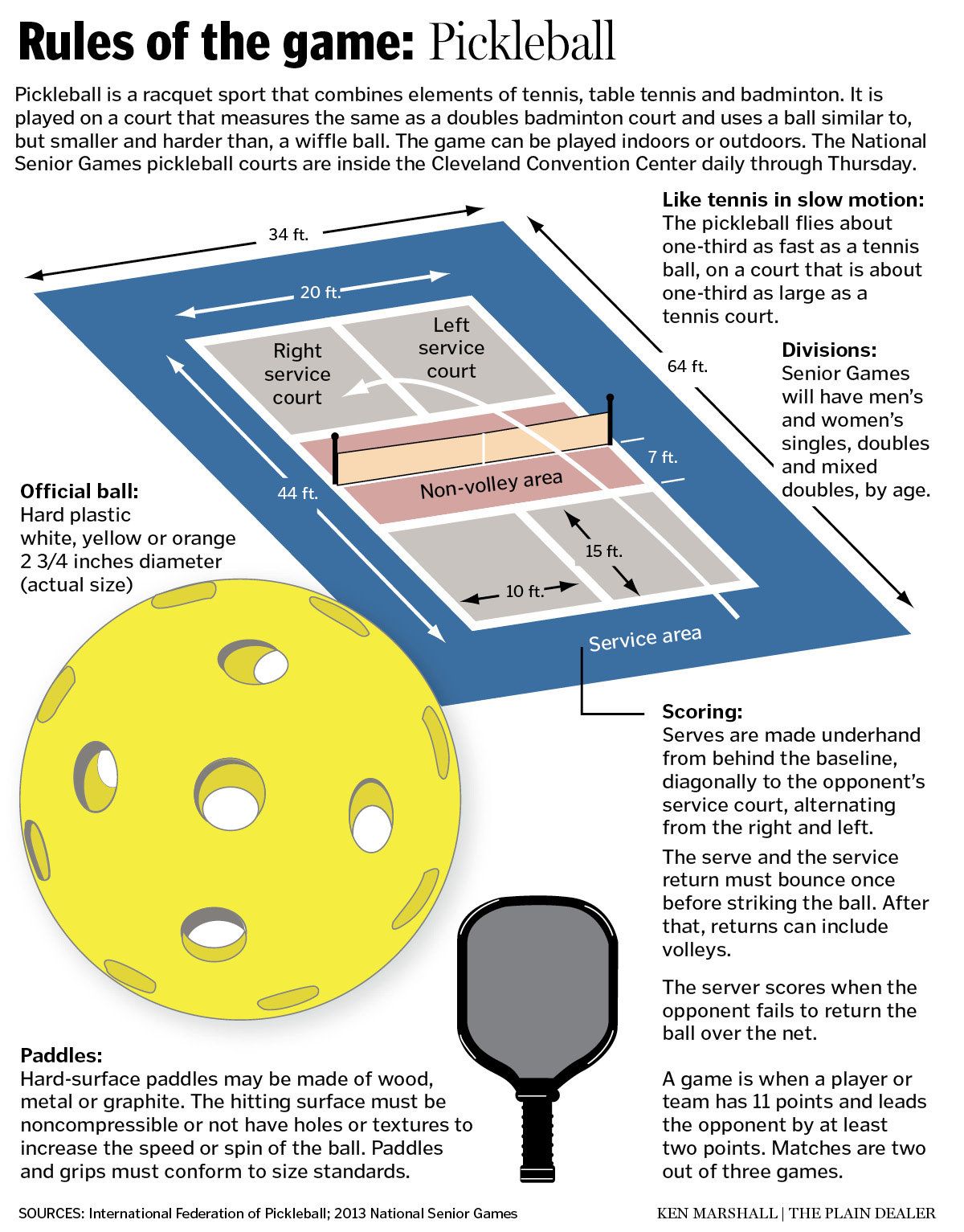
Soccer is played by two 11-player teams. The game's main objective is to score a goal by advancing a ball over a goal line into an opposing rectangular-framed net. The game is traditionally played over two 45-minute halves, for a total match time of 90 minutes.
In 1863, the Football Association of England established the rules of football. FIFA governs the sport, which has 17 laws for all levels of play.
As well as the Laws of the Game there are several other rules and guidelines that govern the sports. The use of red cards and penalty kicks are among them.
* Offside – An infraction when, in the opinion the referee, an attacking player in the opposing half of field is closer to goal line than ball. Generally, a goal cannot be scored from offside.
** Head refs will issue a yellow and a possible red card to a player who commits an offside infraction. Second offence will result in expulsion and no replacement.

*** Penalty shootout - If there is no winner after extra time and the game is tied, each team will score from their own penalty spot. The match is decided by the first scorer.
In soccer, you can win by scoring a greater number of goals than the opposition. A goal may be scored via field goals or corner kicks.
The game is split into two 45-minute periods and each team has a different goal. The goalkeeper must protect the goal against incoming attacks.
The football or soccer ball is made of lightweight synthetic material. The ball is made with a black and white pattern to make it more visible in conditions such as snow or water repellent.
It is also a safer option than leather balls and tends to be more consistent in flight and bounce. It's used in every professional match, and also in a range of amateur leagues.
The sport is incredibly diverse, as are the strategies and tactics used by managers and coaches. These are just some of the many variations.

Possession is a strategy based on controlling the football as much as you can. This can include sending long or cross passes to the forwards who can then run onto them.
Long Ball (Long Ball) - This tactic is simple and requires an accurate striker as well as a quick defender. This strategy helps to control the pace of the match.
Soccer is a growing sport around the globe. As a result, many events and competitions are held throughout the entire year. The FIFA World Cup attracts millions of fans and spectators each four years.
FAQ
What should I eat before I work out?
No. No. But if you're feeling hungry after exercising, you may be tempted to snack on light foods like yogurt or fruit.
Why is it important to get enough sleeping?
For a healthy lifestyle, sleep is vital. Your body can repair itself and recover from everyday stresses by getting enough sleep. A good night's sleep is essential for optimal functioning throughout the day.
What Are Resistance Training Exercises?
Resistance training uses weights or other objects to perform certain movements. For example, lifting weights strengthens your arms, shoulders, chest, back, legs, and core. Resistance training improves muscle mass, bone density and overall strength.
Is it safe?
Exercise outside whenever possible. While the air temperature is a major factor in determining whether or not it's safe to exercise outside, it's not the only one. Other factors include visibility, humidity, precipitation and wind speed. If you exercise outdoors in inclement weather, wear layers of clothing that protect you from wind chill and rain.
Can I eat while I'm exercising?
Yes. You can eat what you like while you work out. Low-calorie snacks like watermelon and carrots, celery apples, bananas, grapes, celery, celery, celery, celery, celery, apple, bananas, and carrots are best. These foods are rich in nutrients that will help you work out better.
Statistics
- In high-income countries, 26% of men and 35% of women were insufficiently physically active, as compared to 12% of men and 24% of women in low-income countries. (who.int)
- In 2018, the World Health Assembly agreed on a global target to reduce physical inactivity by 15% by 2030 and align with the Sustainable Development Goals. (who.int)
- An estimated 110,000 deaths per year could be prevented (cdc.gov)
- Globally, 28% of adults aged 18 and over were not active enough in 2016 (men 23% and women 32%). (who.int)
External Links
How To
How to motivate yourself and get started on a fitness program
A fitness program is a collection of exercises that you do regularly over a period of time. It helps people build muscle mass and tone their bodies. Regular physical activity improves cardiovascular health and reduces blood pressure, cholesterol levels, risk of heart disease and stroke, diabetes, depression, anxiety, stress, obesity, osteoporosis, and many other diseases. In addition to these psychological benefits, regular exercise also provides psychological benefits like self esteem, confidence and mood, energy level, sleep quality and social interactions.
Why should you follow your own fitness plan?
You can lose weight and improve your health by following a workout routine. You might be wondering why you would want to do this. Let's find it out!
What does it mean to follow a fitness routine?
This means that you should do some type of exercise at least three times per week, such as running, swimming, biking, swimming, yoga or martial arts. You don't necessarily have to spend hours doing this; just 30 minutes of exercise is enough to burn calories and keep you healthy. The most important thing to remember is to stick to the plan. Don't be discouraged if you don't make it through a certain day. You can always start over the next time.
What time should I devote to my exercise routine?
The time it takes depends on how busy and active you are. It takes between 20-30 minutes to complete a moderate workout. If you are new to exercise, start slowly, with 5-10 minutes at first. Gradually increase the time until you feel comfortable.